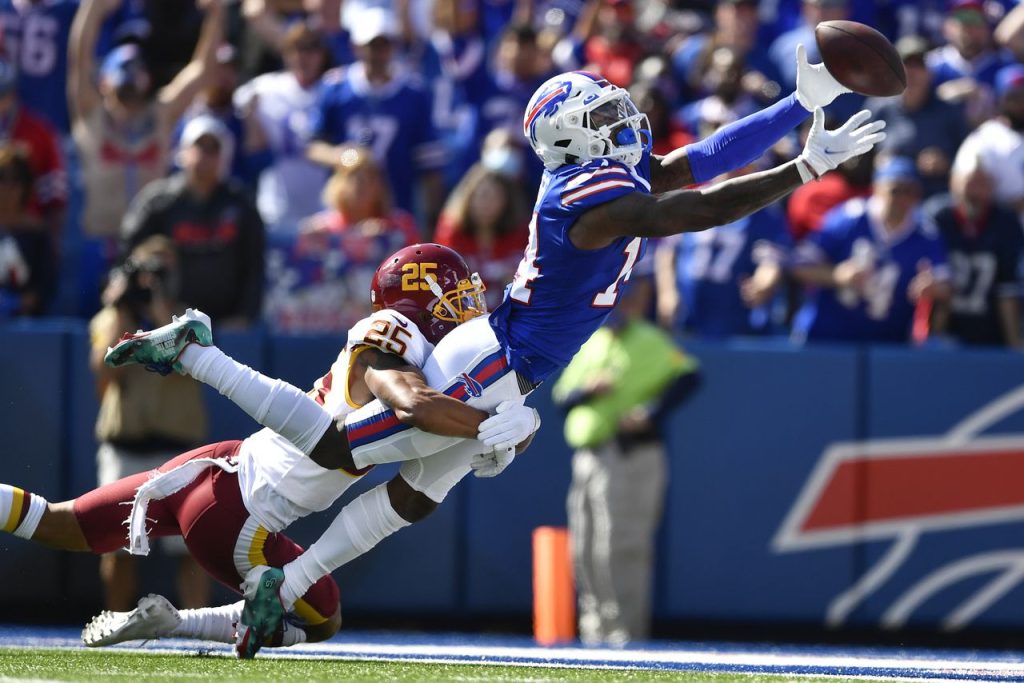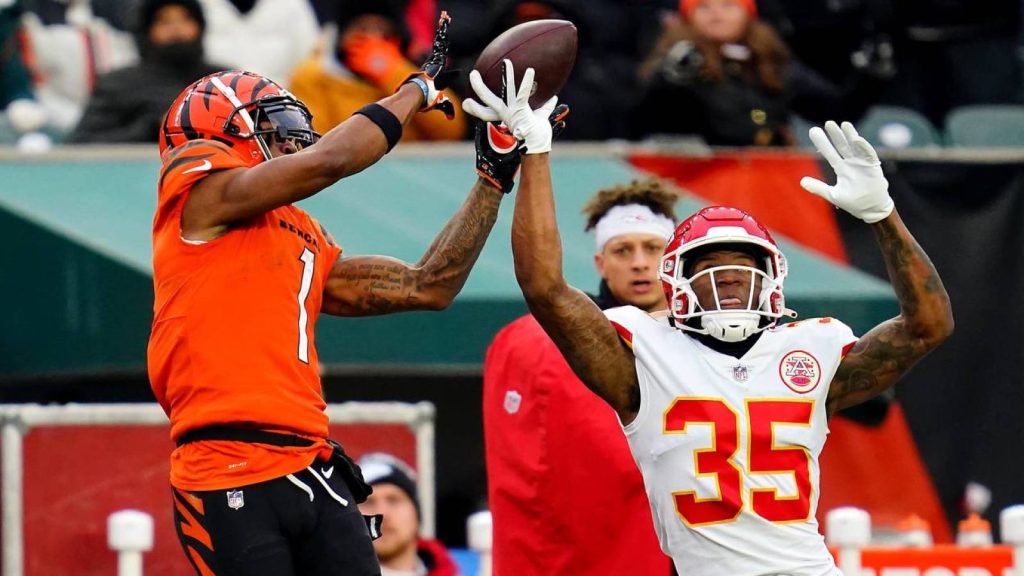There is no denying that a wide receiver’s ability to get open is essential for their success at any level of football. But there is so much that goes into getting open: route running, speed, agility, burst, discipline, strength, and the ability to stop and go.
Whenever I start watching tape on draft prospects, one of the first things I look for is whether a receiver can get separation on the field. Are the receivers relying on being more physical than a defender at the college level to get their catches? Or are they finding different ways to get space?
Truthfully, watching tape only goes so far for me. I have always been a numbers guy. I trust what I can calculate and chart in player performance. But the last few years, one prospect had me excited more than anyone I had watched before on tape: Ja’Marr Chase.
But when I read up on him, many scouts said they were worried about his ability to gain separation and release. But I decided to ignore some of these warnings and invest everywhere I could.
Obviously, I am glad I did. But it made me wonder: are statistical separation scores important?
Separation Reports
As I mentioned, Chase was getting knocked a bit in the pre-draft process scouting reports:
“Doesn’t consistently create separation on his routes, especially ones further down the field, resulting in the need to come up with contested catches. Shorter arms (sub-31”) might also hinder his contested catch ability at the next level.” –Bleacher Report
Additionally, reports out of camp said that Chase was not getting himself open enough:
“He has endured a string of drops, on short and long passes, with another coming Sunday. He has not shown as much separation as you’d hope, and the contested balls haven’t gone his way much, either.” –The Athletic
We all remember the “Chase has drop issues” aspect of training camp this past year, but separation was also a concern throughout camp.
But how important is separation compared to the ability to track the ball and win at the point of the catch?
NFL Separation Totals
Next-Gen Stats tracked separation totals (SEP) for 127 WRs and TEs in 2021 with a minimum of 45 targets. This stat was the average yards of separation a WR/TE had at the point of catch or incompletion.
What is fascinating about this stat is not only where Chase ended up this year but so many other big-name receivers. Chase finished as 119th out of 127 receivers in separation at the point of catch, averaging 2.3 yards of separation. This was tied with Kyle Pitts and Tee Higgins, who also averaged 2.3 yards.
All three of these names are 1,000 yard-plus receivers.

Here are some other rankings: T-105th – Mike Williams and Terry McLaurin (2.5 yards), T-97th – DK. Metcalf (2.6 yards), T-87th – Stefon Diggs, Mike Evans, and D.J. Moore (2.7 yards).
The 2021 leader in SEP was Rondale Moore, with 5.7 yards of separation at the point of catch/incompletion. The nearest to him were five players who came in with 4.1 yards of separation (Gerald Everett, Byron Pringle, Mecole Hardman, Noah Fant, and Braxton Berrios).
Dissecting SEP
So, what does this tell us? To me, it seems there is more than one way to skin an apple (I love cats and won’t use the actual phrase). Getting separation is, of course, essential for receivers. But it is just one of many factors that go into a successful receiver.
Let’s keep using Chase as an example. Let’s take a look at a highlight reel of Chase’s TD catches this year.
Two things stick out to me on these highlights. First, Chase has a knack for getting ENOUGH separation at the point of the catch and the ability to track and secure the ball. Second, Joe Burrow is very accurate but trusts his receiver enough to make the play in a contested area.
Separation comes for Chase when he is making the catch. He can find a way to get himself in the best position to catch the ball out of anyone on the field. Having a quarterback that trusts he will get to that spot and Chase’s ability to position himself in that place right at the point of the catch is what sets him apart.
Let’s take a look at another highlight reel, this time from Stefon Diggs’s 2021 season.
Once again, we see a receiver who can track and adjust to throws and make contested catches. He has a quarterback who trusts that he will come down with the ball when thrown his way. Even though Next Gen is telling us his separation is near the bottom of the league, he is constantly finding ways to come down with passes.
Summary
Is separation important for wide receivers? Absolutely. But when you are scouting rookie prospects this off-season before the draft, remember that a lot more goes into a talented receiver than just his ability to get wide open in the middle of the field.
There isn’t a single stat or trait that makes up a great receiver at the pro level. I believe the great ones (and the ones you want to target) are the guys that are good at many different aspects. A pure-speedster or a tall receiver that is only great in jump ball situations isn’t going to transfer to the NFL and succeed without being good at other phases of the game.
Separation remains important, but it is only one factor, as you can see from the Next Gen Stats. And at the pro level, the great receivers only need a sliver of room to make a play.



















